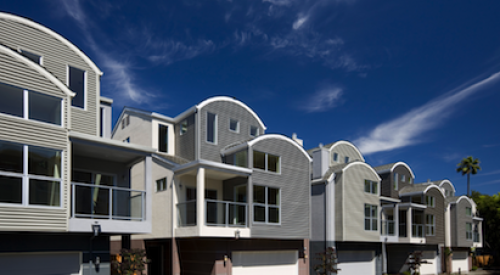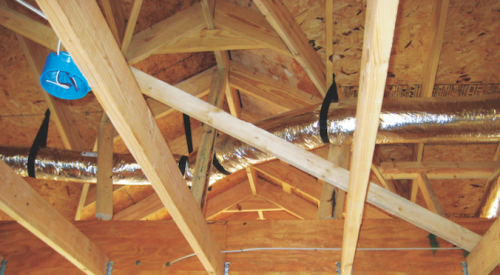For more than 20 years, I have traveled the U.S. and Canada almost weekly. One-hundred nights or more in hotel rooms is not so much fun, but meeting the people and learning about the myriad of methods used to both build homes and manage companies is a continual challenge that more than compensates. Helping these same people become more profitable has paid the bills and put four kids through college, and I’ve made more friends in more places than anyone I know. (This became more important than I ever could have imagined when I need a new kidney awhile back. That Canadian gem is still working great after eight years.)
But in case there was any danger that I’d lapse into a “been there, seen that” mindset, business has taken me to Australia for a month. Yes, the locals do call it “OZ” and both commonalities and contrasts are striking. We dress and look the same mostly – no one seems to pick me out as an American until I open my mouth. Probably a third of the brand names are the same, although there are always Aussie touches on the label. Coke, Pringles and Colgate are everywhere. Ford is Ford, but GM is Holden. I have seen Carrier, WilsonArt and Heat ‘n Glo, but I did not recognize any of the carpet or plumbing brands. Plumbers are plumbers but electricians are “sparkies.” (I love that, but why not call the plumbers “drippies?) Studs are studs, whether on the beach or in the wall, but they are not 2x4’s, they are 70x35’s, unless used for sill plate, then they are 70x45’s. (I’ll save you the math; they are smaller than ours.) Virtually all the wood is finger-jointed. Inside corners on drywall at ceilings? Have not found one yet. Instead they use what looks like wooden cove/crown molding, actually pre-formed drywall and painted. Much easier to install and finish. I like it and I’m surprised I’ve never seen it here.
I walked into a garage and saw a huge stack of “plasterboard” (aka drywall), the longest I had ever seen! I paced it off and it was about 20 feet long. Having hefted more drywall than I want to recall as a lumber yard loader during college, I stared rather incredulously. A closer look showed the drywall was about ¼” thick, 5/16” at the most. This house was only about 2,000 square feet. How the heck do they use this stuff? Here’s a clue … when I walked into the house, it is 100-percent empty – of walls! They had built the outer walls and set the trusses completely, before adding one single stick the interior. Imagine the flexibility you gain. But you can’t hang 20 foot long sheets of 5/16” drywall on ceilings, right? Not unless all the ceiling drywall is screwed onto metal “lathe” carrying strips. Hmmmmm … could there be something there for us?
I have much more to tell you, and my posts the next three weeks will bring you more “Wonder from Down Under.” But I know what you really want to ask … does drain water really circle the other way? I won’t ruin that one for you. Put it on your bucket list. Some things you just have to find out for yourself.
Residential Products Online content is now on probuilder.com! Same great products coverage, now all in one place!
PB Topical Ref
ADVERTISEMENT











